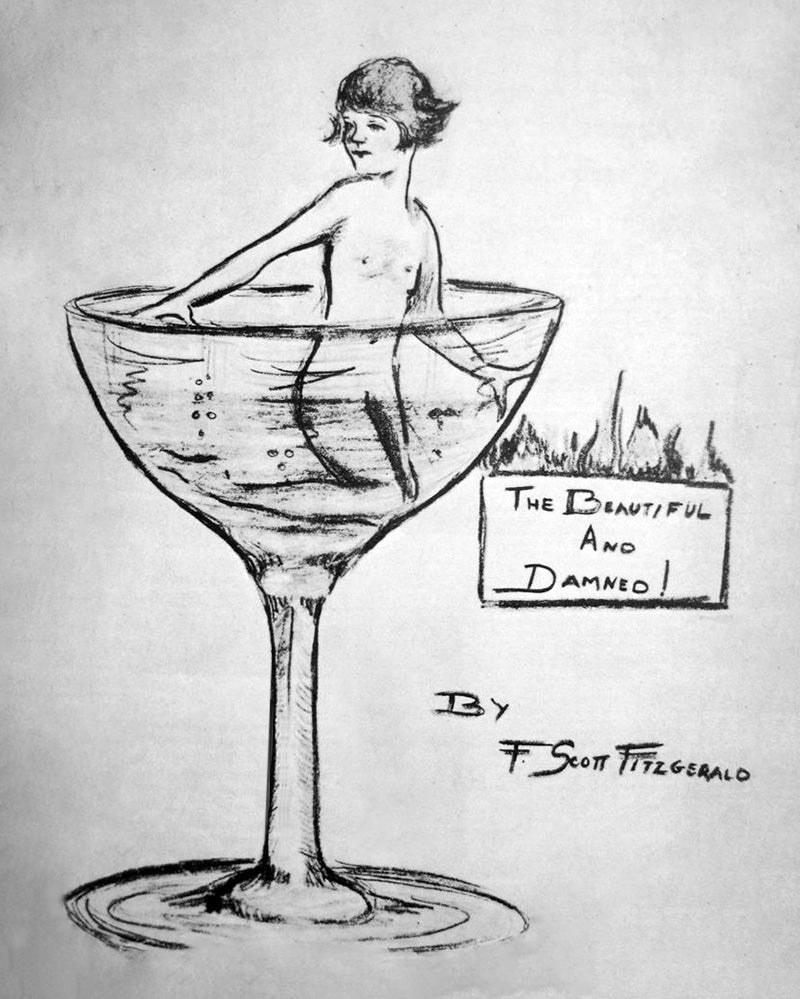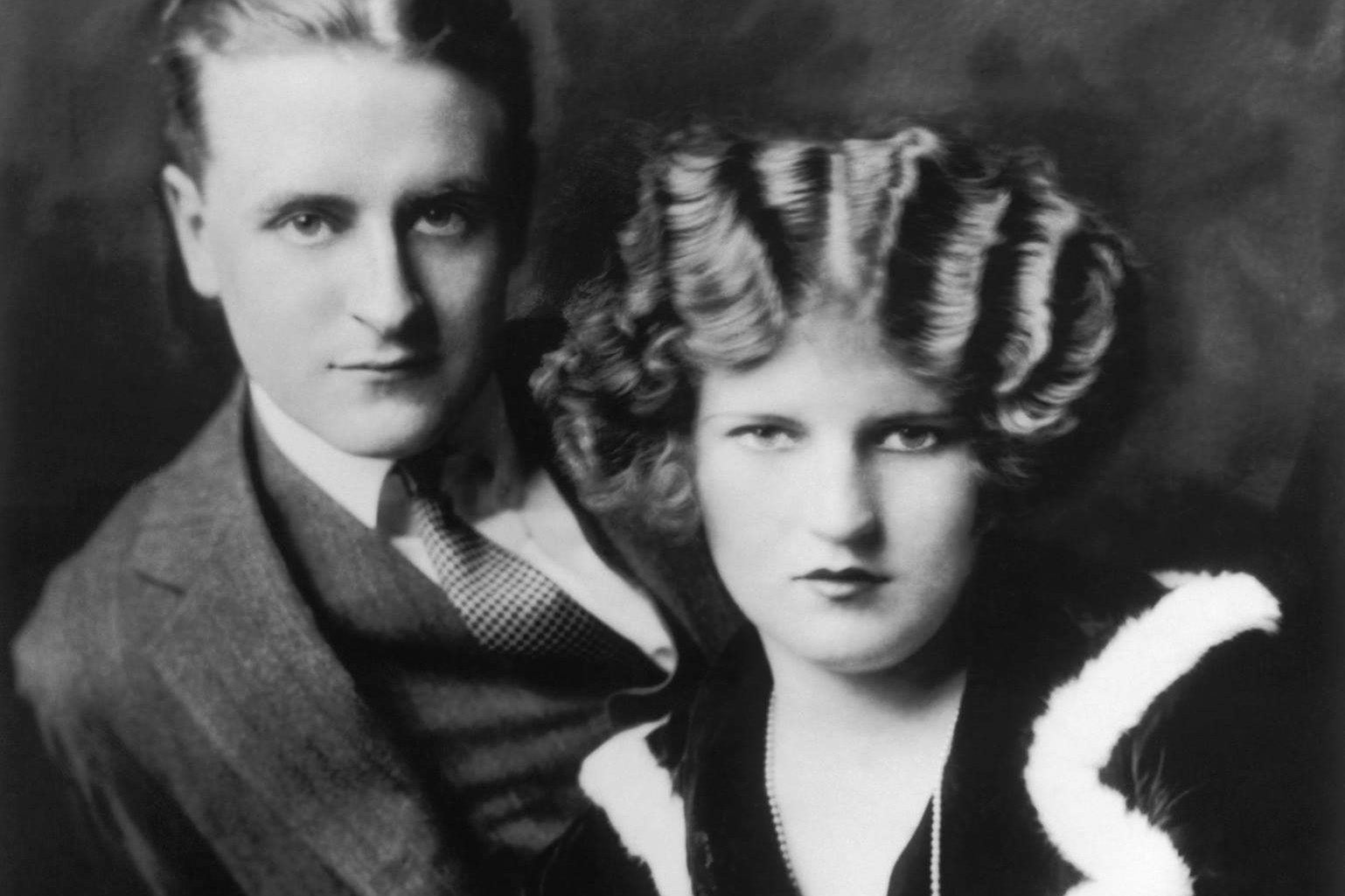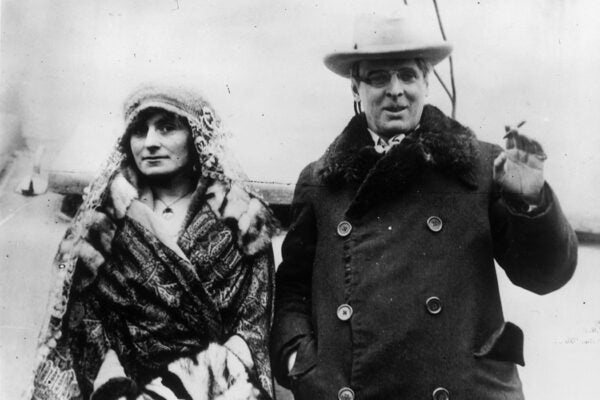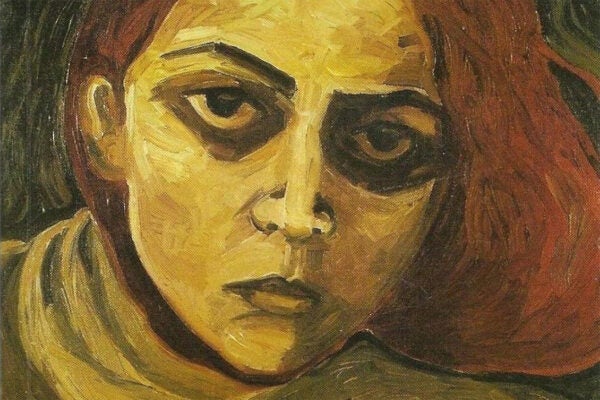Zelda Fitzgerald, wife and muse of early twentieth-century author F. Scott Fitzgerald, was nothing if not resourceful. Tapping into her writing talent, national popularity, and razor-sharp Southern Belle wit, the iconic flapper pulled off a class-act PR stunt that few could hope to match today: she wrote a most unceremonious review of her husband’s second novel, The Beautiful and the Damned, to spike its sales.
The year was 1922. Burton Rascoe was the new editor of The New York Tribune, and he had a brilliant idea. It wasn’t enough to get any writer to review F. Scott Fitzgerald’s newly released novel. Why not go to the source, the myth herself, the equally famous wife? Zelda took up the challenge without hesitation. She was already accustomed to bolstering her husband’s career, having played the part of a walking, breathing character from his first novel, This Side of Paradise (1920).
“Her partnership with F. Scott Fitzgerald was not only one of marriage, but one of literary production,” writes Deborah Pike in The F. Scott Fitzgerald Review. They were a team, and the review was a scheme to bank on the public’s fascination with them as the ideal Jazz Age couple: young, energetic, quick to wealth, and easy-going in all ways.

In the April 1922 review, Zelda casually pokes fun at F. Scott’s infamous tendency to swipe entire paragraphs from her private diaries to use in his novels.
“In fact, Mr. Fitzgerald,” she wrote, “seems to believe that plagiarism begins at home,” exposing the blatant exploitation that had been masquerading as inspiration.
Beyond teasing “Mr. Fitzgerald,” Zelda also went for some self-deprecating humor, painting herself as a bit of the ditz everyone perceived her to be. She claimed to have read The Beautiful and the Damned for the first time, just for the review, even though in reality she’d gone through the draft several times. She also entreated readers to purchase copies of the book, claiming, as her main motivation, “There is the cutest cloth of gold dress for only $300 in a store on Forty-second Street.”
Weekly Newsletter
Fitzgerald scholar Ashley Lawson maintains that Zelda’s review was actually an impressive feat of comedic style rather than the lazy, half-baked attempt at journalism it’s often dismissed as by biographers. Lawson argues that Zelda’s effort to write something within the lines of her own brand as a good-time party girl was well executed and done smartly.
“Though the piece was supposed to be a tongue-in-cheek evaluation of her husband’s work,” Lawson writes,
she used the assignment not just as an opportunity to demonstrate her wit but also as a chance to initiate a more serious conversation about the representation of female characters in fiction. While much of the review takes an amusing, ironic tone, she also diverges from her promotional motives in order slyly to interject a comment implying how her own contributions to the text might be something more substantial than abstract “inspiration.”
In 1932, Zelda would publish her own novel, Save Me the Waltz, which would generate poor sales and very few reviews (the ones it did receive were painfully negative). It was the Great Depression. No one had the money to buy books, let alone luxurious gold frocks, so Zelda’s book was a commercial and critical failure. By that point, her life with F. Scott was long past the point of jokes—after all, he didn’t return the favor by reviewing her book—but readers today can still appreciate the refreshing flavor of her youthful sense of humor when she was at her best.







